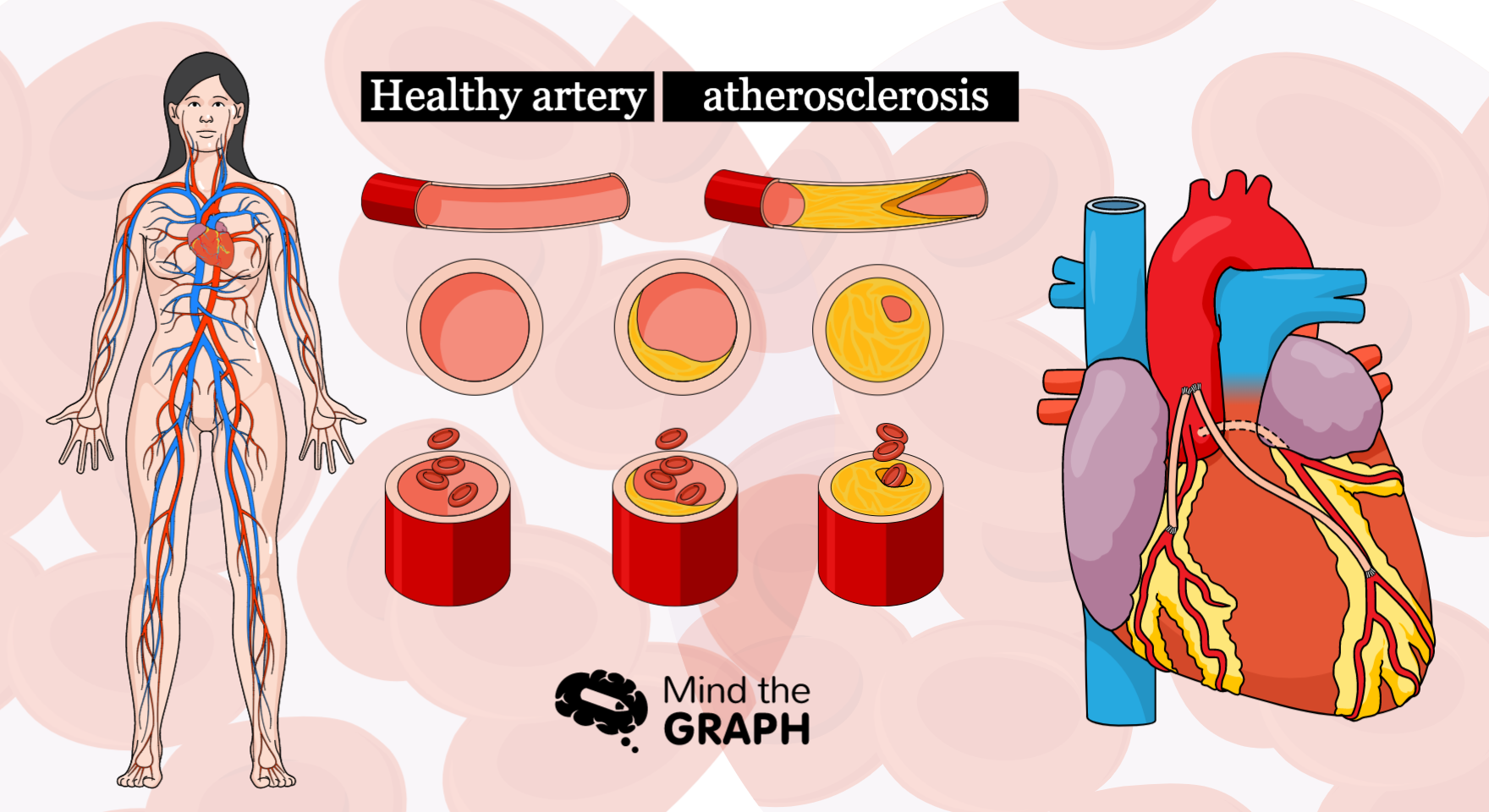Analysis of Variance (ANOVA) is a statistical method used to compare means between two or more groups. One-way ANOVA, in particular, is a commonly used technique to analyze the variance of a single continuous variable across two or more categorical groups. This technique is widely used in various fields, including business, social sciences, and natural sciences, to test hypotheses and draw conclusions about the differences between groups. Understanding the fundamentals of one-way ANOVA can help researchers and data analysts make informed decisions based on statistical evidence. In this article, we will explain the technique of one-way ANOVA in detail and discuss its applications, assumptions and more.
What is one-way ANOVA?
One-way ANOVA (Analysis of Variance) is a statistical method used to test for significant differences between the means of groups of data. It is commonly used in experimental research to compare the effects of different treatments or interventions on a particular outcome.
The basic idea behind ANOVA is to partition the total variability in the data into two components: the variation between the groups (due to the treatment) and the variation within each group (due to random variation and individual differences). The ANOVA test calculates an F-statistic, which is the ratio of the between-group variation to the within-group variation.
If the F-statistic is large enough and the associated p-value is below a predetermined significance level (e.g. 0.05), it indicates that there is strong evidence to suggest that at least one of the group means is significantly different from the others. In this case, further post hoc tests may be used to determine which specific groups differ from each other. You can read more about post hoc in our content “Post Hoc Analysis: Process and types of tests“.
One-way ANOVA assumes that the data are normally distributed and that the variances of the groups are equal. If these assumptions are not met, alternative non-parametric tests may be used instead.

How is one-way ANOVA used?
One-way ANOVA is a statistical test used to determine whether there are any significant differences between the means of two or more independent groups. It is used to test the null hypothesis that the means of all groups are equal against the alternative hypothesis that at least one mean is different from the others.
Assumptions of ANOVA
ANOVA has several assumptions that must be met in order for the results to be valid and reliable. These assumptions are as follows:
- Normality: The dependent variable should be normally distributed within each group. This can be checked using histograms, normal probability plots, or statistical tests such as the Shapiro-Wilk test.
- Homogeneity of variance: The variance of the dependent variable should be approximately equal across all groups. This can be checked using statistical tests such as Levene’s test or the Bartlett test.
- Independence: The observations in each group should be independent of each other. This means that the values in one group should not be related to or dependent on the values in any other group.
- Random sampling: The groups should be formed through a random sampling process. This ensures that the results can be generalized to the larger population.
It is important to check these assumptions before performing ANOVA, as violating them can lead to inaccurate results and incorrect conclusions. If one or more of the assumptions are violated, there are alternative tests such as non-parametric tests that can be used instead.
Performing a one-way ANOVA
To perform a one-way ANOVA, you can follow these steps:
Step 1: State the hypotheses
Define the null hypothesis and the alternative hypothesis. The null hypothesis is that there are no significant differences between the means of the groups. The alternative hypothesis is that at least one group mean is significantly different from the others.
Step 2: Collect data
Collect data from each group that you want to compare. Each group should be independent and have a similar sample size.
Step 3: Calculate the mean and variance of each group
Calculate the mean and variance of each group using the data you collected.
Step 4: Calculate the overall mean and variance
Calculate the overall mean and variance by taking the average of the means and variances of each group.
Step 5: Calculate the sum of squares between groups (SSB)
Calculate the sum of squares between groups (SSB) using the formula:
SSB = Σni (x̄i – x̄)^2
where ni is the sample size of the i-th group, x̄i is the mean of the i-th group, and x̄ is the overall mean.
Step 6: Calculate the sum of squares within groups (SSW)
Calculate the sum of squares within groups (SSW) using the formula:
SSW = ΣΣ(xi – x̄i)^2
where xi is the i-th observation in the j-th group, x̄i is the mean of the j-th group, and j ranges from 1 to k groups.
Step 7: Calculate the F-statistic
Calculate the F-statistic by dividing the between-group variance (SSB) by the within-group variance (SSW):
F = (SSB / (k – 1)) / (SSW / (n – k))
where k is the number of groups and n is the total sample size.
Step 8: Determine the critical value of F and p-value
Determine the critical value of F and the corresponding p-value based on the desired significance level and the degrees of freedom.
Step 9: Compare the calculated F-statistic to the critical value of F
If the calculated F-statistic is greater than the critical value of F, reject the null hypothesis and conclude that there is a significant difference between the means of at least two groups. If the calculated F-statistic is less than or equal to the critical value of F, fail to reject the null hypothesis and conclude that there is no significant difference between the means of the groups.
Step 10: post hoc analysis (if necessary)
If the null hypothesis is rejected, perform post hoc analysis to determine which groups are significantly different from each other. Common post hoc tests include Tukey’s HSD test, Bonferroni correction, and Scheffe’s test.
Interpreting the results
After conducting a one-way ANOVA, the results can be interpreted as follows:
F-statistic and p-value: The F-statistic measures the ratio of the between-group variance to the within-group variance. The p-value indicates the probability of obtaining an F-statistic as extreme as the one observed if the null hypothesis is true. A small p-value (less than the chosen significance level, commonly 0.05) suggests strong evidence against the null hypothesis, indicating that there is a significant difference between the means of at least two groups.
Degrees of freedom: The degrees of freedom for the between-groups and within-groups factors are k-1 and N-k, respectively, where k is the number of groups and N is the total sample size.
Mean square error: The mean square error (MSE) is the ratio of the within-group sum of squares to the within-group degrees of freedom. This represents the estimated variance within each group after accounting for differences between groups.
Effect size: The effect size can be measured using eta-squared (η²), which represents the proportion of the total variation in the dependent variable that is accounted for by the group differences. Common interpretations of eta-squared values are:
Small effect: η² < 0.01
Medium effect: 0.01 ≤ η² < 0.06
Large effect: η² ≥ 0.06
Post hoc analysis: If the null hypothesis is rejected, post hoc analysis can be conducted to determine which groups are significantly different from each other. This can be done using various tests, such as Tukey’s HSD test, Bonferroni correction, or Scheffe’s test.
The results should be interpreted in the context of the research question and the assumptions of the analysis. If the assumptions are not met or the results are not interpretable, alternative tests or modifications to the analysis may be necessary.
Post hoc testing
In statistics, one-way ANOVA is a technique used to compare the means of three or more groups. Once an ANOVA test is performed and if the null hypothesis is rejected, which means there is significant evidence to suggest that at least one group mean is different from the others, a post hoc testing can be conducted to identify which groups are significantly different from each other.
Post hoc tests are used to determine the specific differences between the means of the groups. Some common post hoc tests include Tukey’s honestly significant difference (HSD), Bonferroni correction, Scheffe’s method, and Dunnett’s test. Each of these tests has its own assumptions, advantages, and limitations, and the choice of which test to use depends on the specific research question and the characteristics of the data.
Overall, post hoc tests are useful in providing more detailed information about the specific group differences in a one-way ANOVA analysis. However, it is important to use these tests with caution and to interpret the results in the context of the research question and the specific characteristics of the data.
Learn more about Post Hoc Analysis in our content “Post Hoc Analysis: Process and types of tests“.
Reporting the results of ANOVA
When reporting the results of an ANOVA analysis, there are several pieces of information that should be included:
The F statistic: This is the test statistic for the ANOVA and represents the ratio of the between-group variance to the within-group variance.
The degrees of freedom for the F statistic: This includes the degrees of freedom for the numerator (the between-group variation) and the denominator (the within-group variation).
The p-value: This represents the probability of obtaining the observed F statistic (or a more extreme value) by chance alone, assuming that the null hypothesis is true.
A statement about whether the null hypothesis was rejected or not: This should be based on the p-value and the chosen level of significance (e.g., alpha = 0.05).
A post hoc testing: If the null hypothesis is rejected, then the results of a post hoc testing should be reported to identify which groups are significantly different from each other.
For example, a sample report could be:
A one-way ANOVA was conducted to compare the mean scores of three groups (Group A, Group B, and Group C) on a test of memory retention. The F statistic was 4.58 with degrees of freedom of 2, 87, and a p-value of 0.01. The null hypothesis was rejected, indicating that there was a significant difference in memory retention scores across at least one of the groups. post hoc testing using Tukey’s HSD showed that the mean score for Group A (M = 83.4, SD = 4.2) was significantly higher than both Group B (M = 76.9, SD = 5.5) and Group C (M = 77.6, SD = 5.3), which did not differ significantly from each other.
Find the perfect infographic template for you
Mind the Graph is a platform that provides a vast collection of pre-designed infographic templates to help scientists and researchers create visual aids that effectively communicate scientific concepts. The platform offers access to a large library of scientific illustrations, ensuring that scientists and researchers can easily find the perfect infographic template to visually communicate their research findings.

Subscribe to our newsletter
Exclusive high quality content about effective visual
communication in science.





